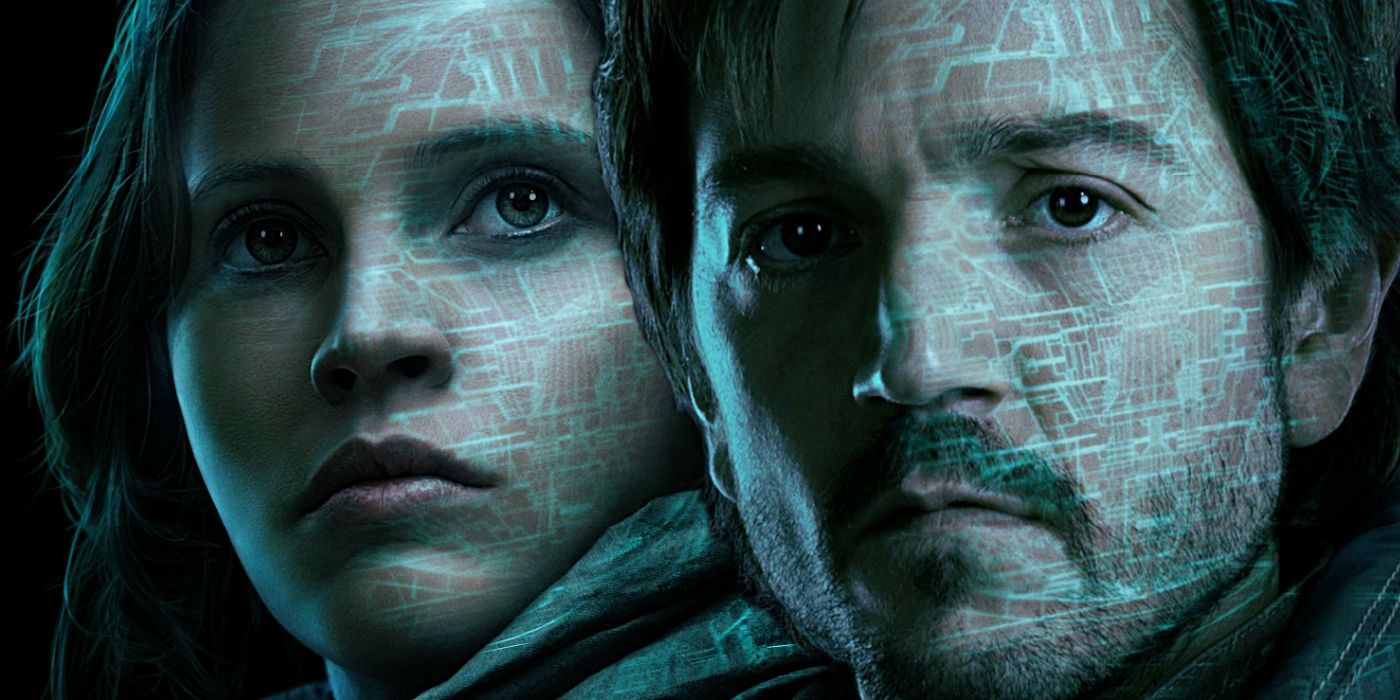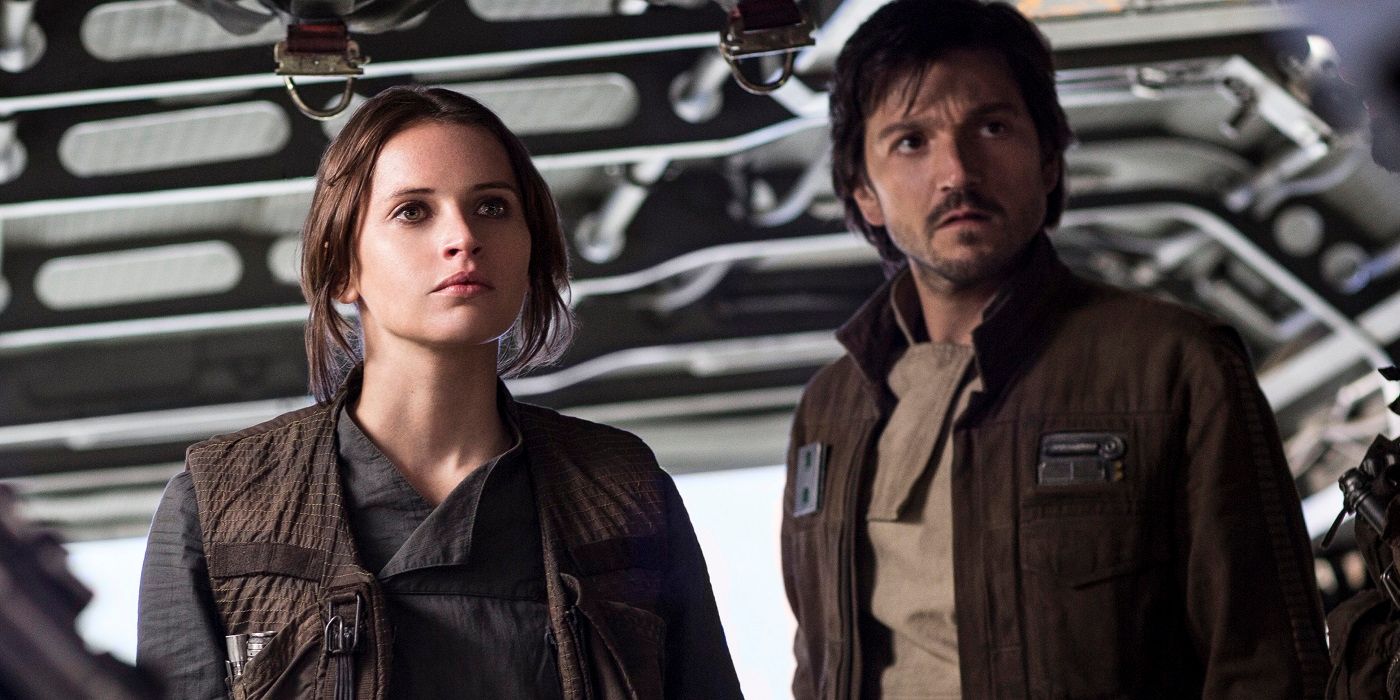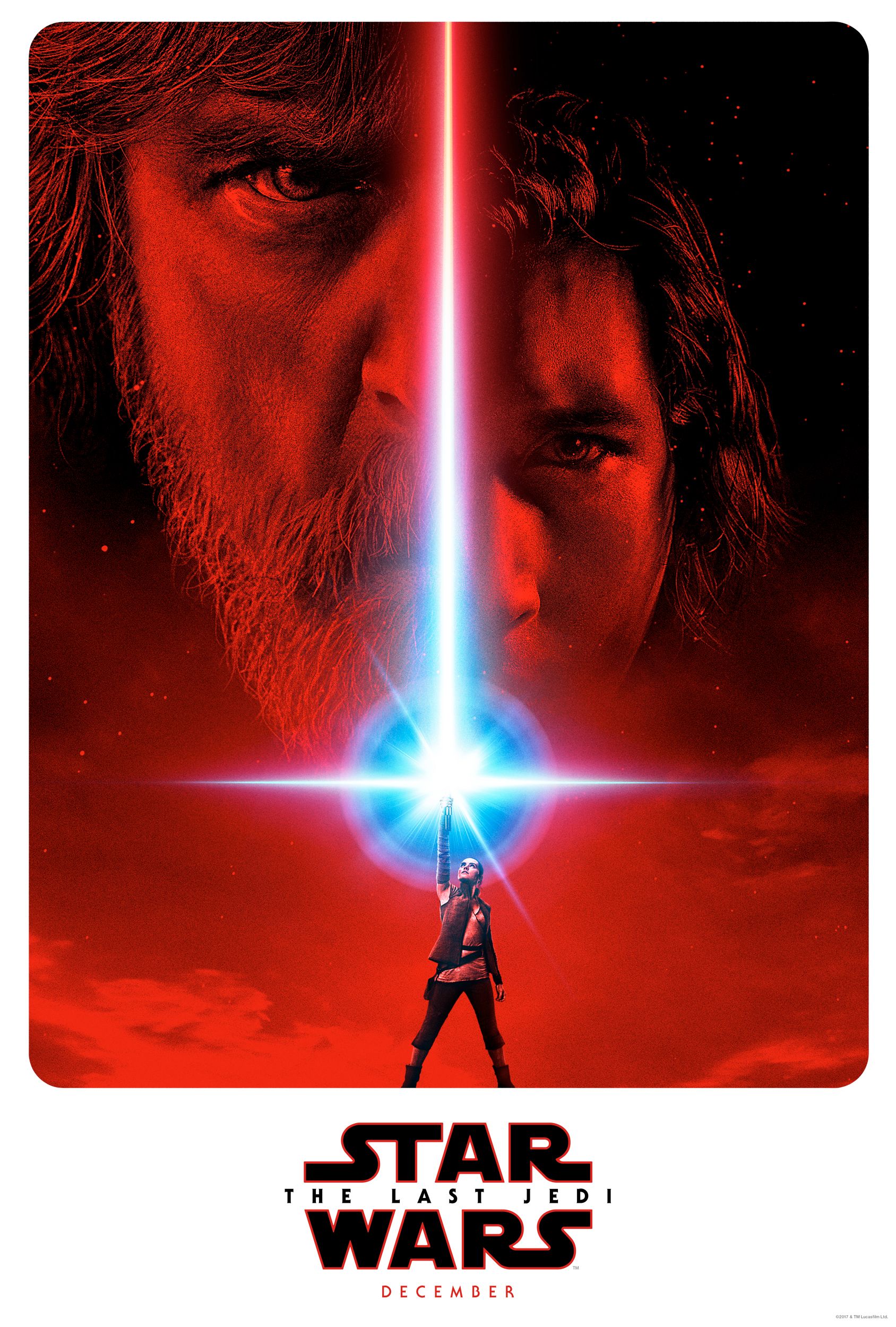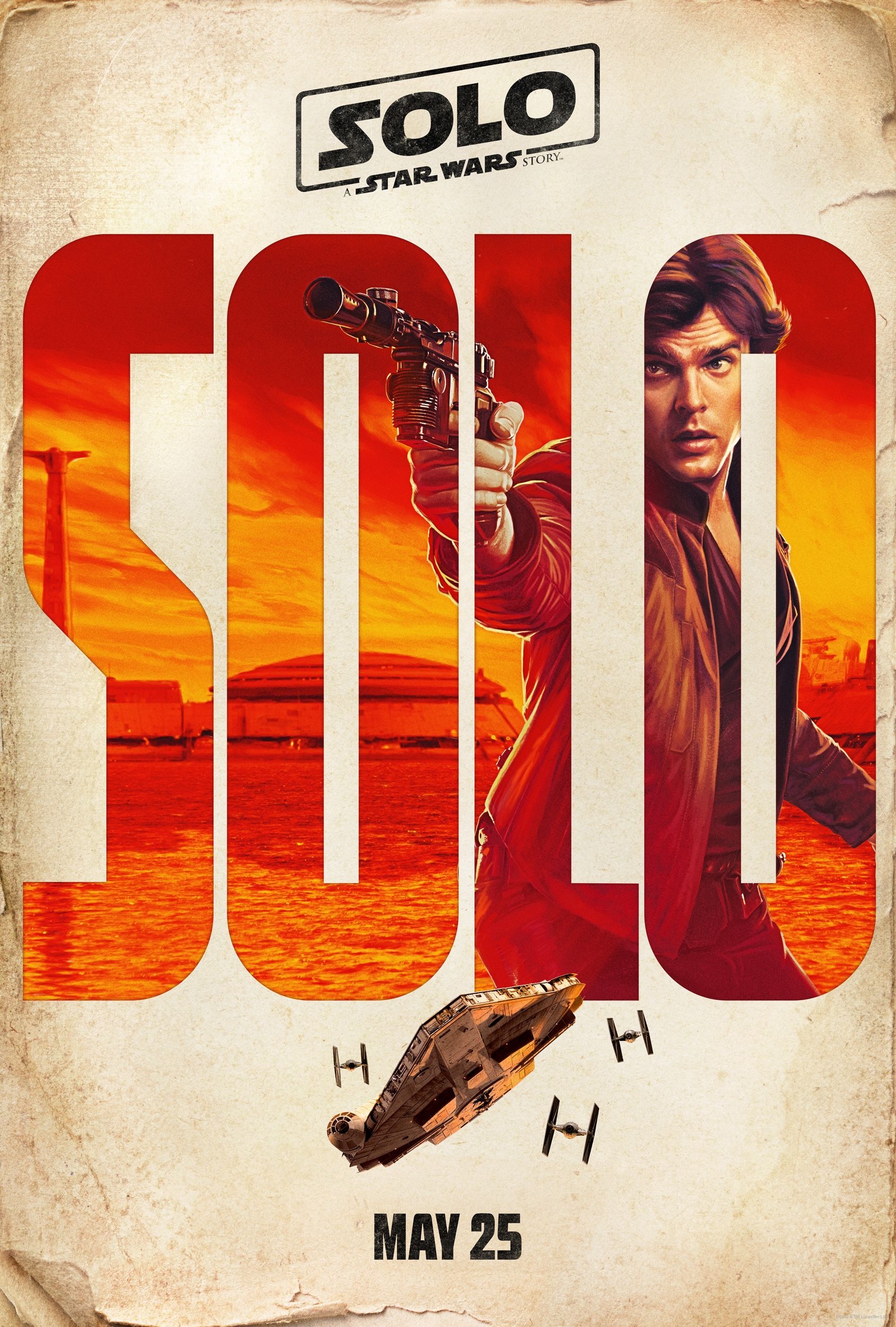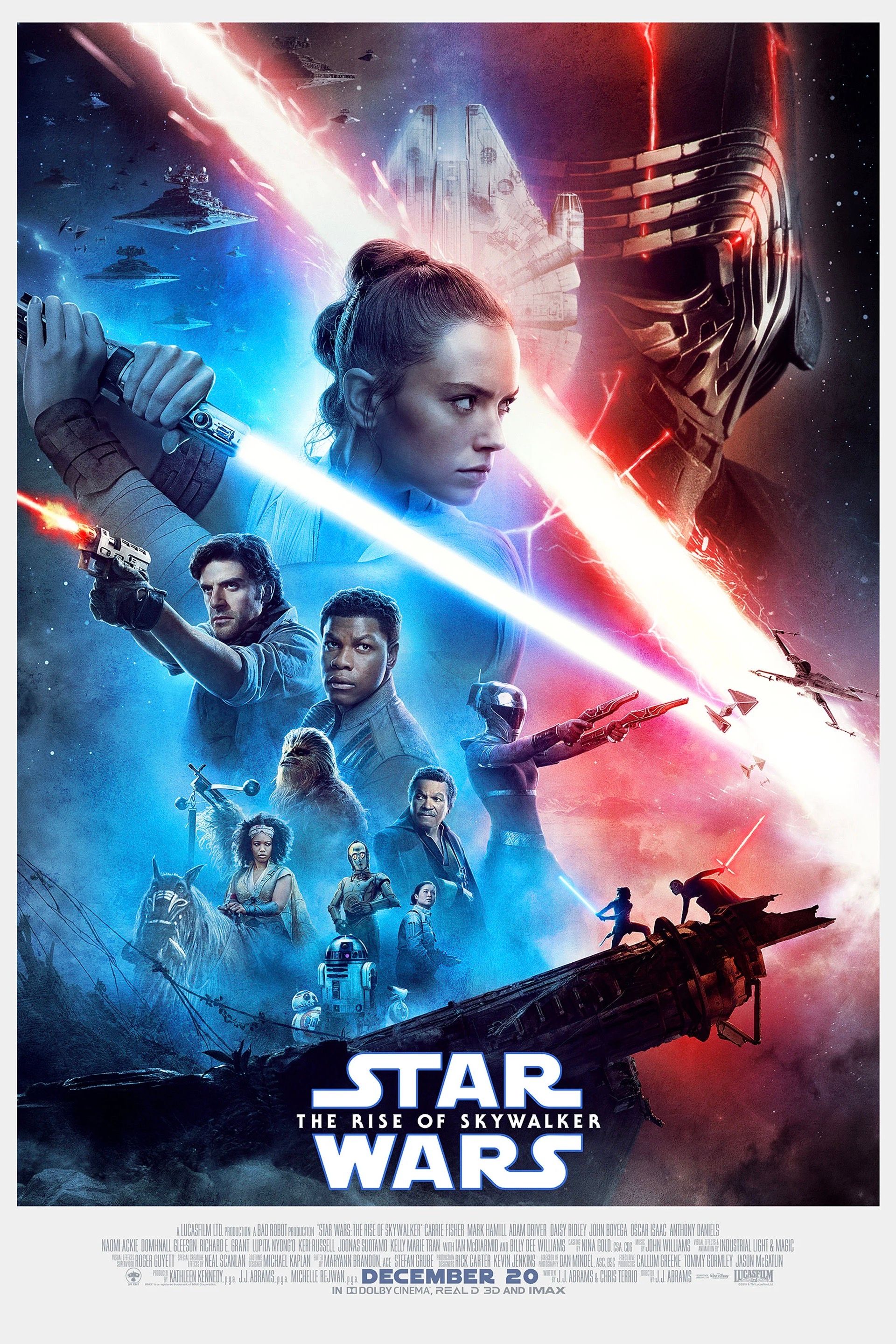Rogue One: A Star Wars Story took us back to the pivotal days before the opening of A New Hope, introducing us to the motley crew of rebels responsible for infiltrating the Empire and getting their hands on the precious plans that allowed Luke Skywalker and company to blow up the Death Star. And in very atypical fashion for a franchise like Star Wars and a studio like Disney, the movie ended with all further potential plans for that cast of new heroes being prematurely terminated when they were wiped out in the Battle of Scarif.
The deaths that brought Rogue One to a close helped that movie end on a poignant note (if you ignore the Darth Vader carnage that actually climaxed the film) and was overall met positively by audiences. However, there was a point when the movie's writer believed this moving vision of sacrificial mass-death would never make it to the screen.
Screen Rant recently sat down with Rogue One screenwriter Gary Whitta, where he talked about the doubts he experienced when pitching the movie's deadly ending to the brass at Disney:
"I think this this is a story about Martyrdom and the ultimate price some people pay for the freedom of others and that’s what heroism. I mean, these characters die so essentially the entire Star Wars franchise can live. Without their sacrifice there’s no Star Wars and we got really excited about that idea. But it was very early on in the regime of Disney - they had just recently bought Lucasfilm and they were in pre-production on The Force Awakens but we didn’t really know much about what they were doing - and I think we were a little bit nervous we’d fall in love with this idea of killing everyone off and Disney would go “you can’t do that. It’s too dark. It’s Star Wars and too dark for Disney. We don’t kill off all our characters.” and that we’d be heartbroken that we would have to come back from this idea that we loved."
Not only did killing off Jyn Erso, Cassian Andor, K-2SO, Chirrut Imwe, Bodhi Rook and Baze Malbus turn Rogue One into the kind of tragic bloodbath one does not necessarily associate with the Star Wars series, it also benefited the film's standalone nature; Disney can't bring those characters back for a sequel without undertaking some serious retconning (despite Felicity Jones having a contract option for such an eventuality). For a company as focused on maximizing assets as Disney, wiping out the cast of a potential new franchise in one fell swoop almost feels like a daring move.
On one hand, the tragic ending does help give the film a resonance which it otherwise may not have had, so as an artistic decision it's a defensible one. On the other, one can't help thinking about the possibilities that were lost when Jyn Erso and the gang met their untimely demises. It might have been cool to watch that cast come together again for another side-adventure set during a later major battle in the Star Wars universe.
It's likely of course that Disney never had any intention of continuing the stories of the Rogue One cast after the standalone movie, regardless of the movie's ultimate box office performance. As such, from the studio's point-of-view, summarily annihilating all those characters was no big deal.

